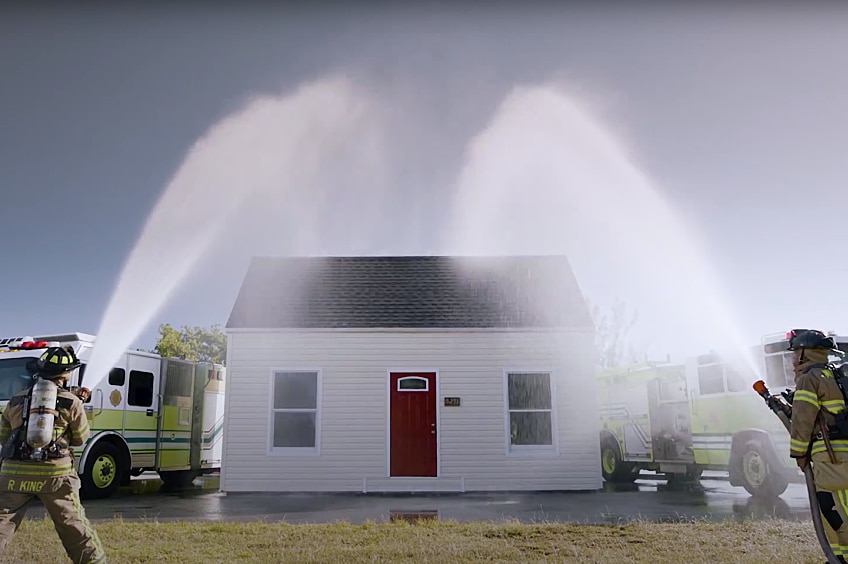See for yourself – according to this recent extreme shingle testing demonstration, they're tough enough to withstand hurricane-force-winds, more water than any rainstorm will hit them with, and a continuous blast of red hot embers. Shingles with GAF Dura Grip™ Adhesive are engineered to endure.

